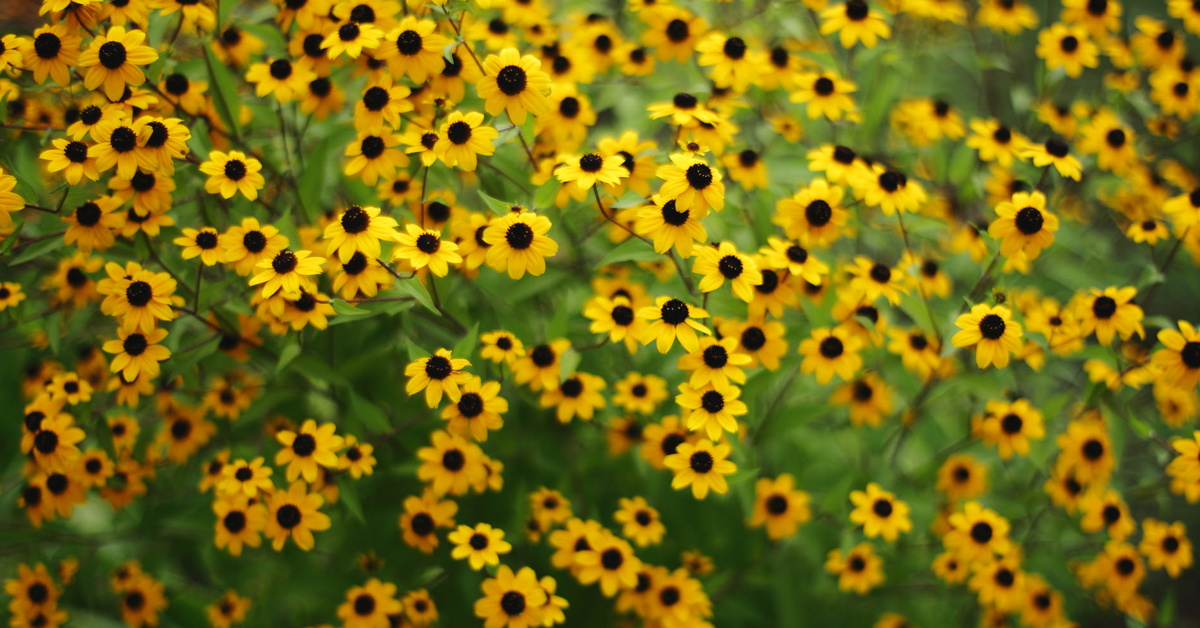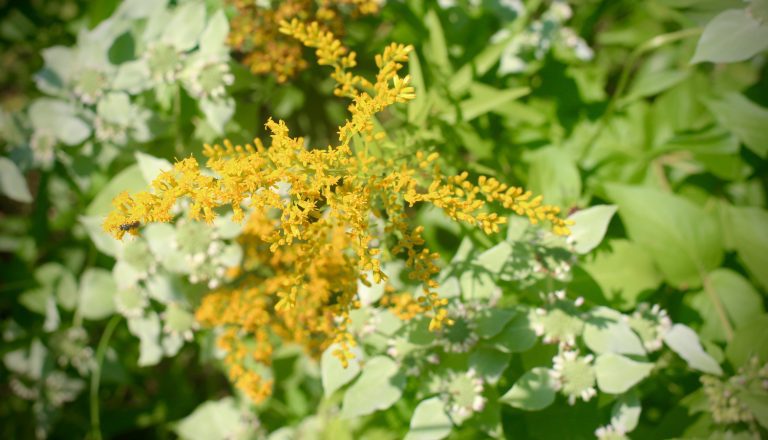How to Choose A Black-eyed Susan
Black-eyed Susans are a mainstay of native plant gardens in Baltimore for good reason. They bloom reliably from late summer through to first frost, sometimes flowering into December. The bright yellow and gold flowers complement purples and blues of asters and joe pye. The flowers are attractive to pollinators, and the seeds are loved by birds.
Here’s a rundown of several of the most common varieties of plants in the genus Rudbeckia, which are often called ‘black-eyed Susan’ as a group or – more often coneflowers.

The classic black-eyed Susan, and state flower of Maryland, is Rudbeckia hirta. Depending on the population, this variety can be an annual, a biennial (a plant with a two-year lifecycle) or short-lived perennial.
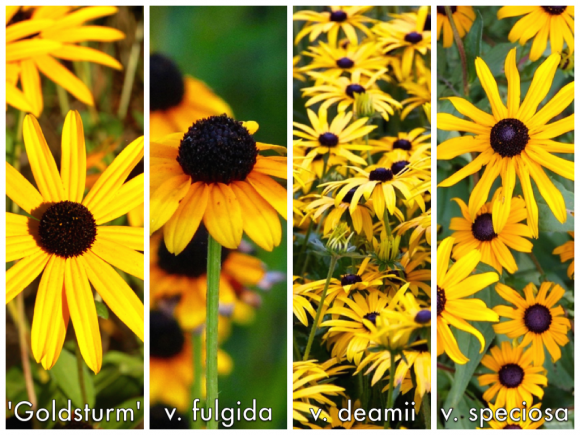
In urban and suburban gardens, the most common black-eyed Susan is Rudbeckia fulgida. This species is more dependably perennial, is typically shorter than Rudbeckia hirta, and is quite lovely. For many years, the variety of Rudbeckia fulgida that was most often sold in garden centers was Rudbeckia fulgida var. sullivanti ‘Goldsturm’.
Goldsturm, however, is not as dependable in the garden as we’d like it to be. Instead, we usually recommend three other varieties: Rudbeckia fulgida var. deamii, Rudbeckia fulgida var. fulgida, and Rudbeckia fulgida var. speciosa.
Rudbeckia var. deamii is a little taller than ‘Goldsturm’ but is much stronger and diseases resistant.
Rudbeckia var. fulgida is equally strong, but a little smaller and finer. It also blooms a little later and much longer than ‘Goldsturm’. It’s one of our favorites.
Rudbeckia var. speciosa is a new variety for us: even shorter than var. fulgida but with larger flowers. This one is reportedly very disease resistant, and we can’t wait to see it perform in Baltimore gardens.

Rudbeckia laciniata, or cutleaf coneflower, resembles a both black-eyed Susan and coneflowers. Cutleaf coneflower attracts butterflies and other pollinators, and thrives in partial sun. It prefers some moisture, and we’ve seen great success with this plant in the lowest levels of rain gardens. This is a tall species (often five feet or more)and can spread by rhizome, so give it some room.
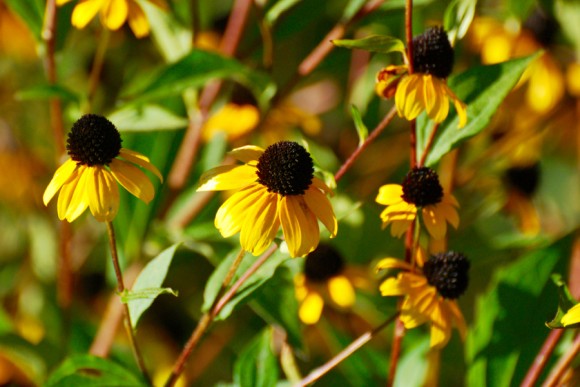
The common name for Rudbeckia triloba is “brown-eyed Susan”, but it resembles black-eyed Susan so closely that the common names are often interchanged. This species is a bit bushier than most, with prolific blooms of small flowers. Because it self-seeds freely, Rudbeckia triloba works especially well for naturalizing a disturbed site.
Rudbeckia hirta, fulgida, laciniata, and triloba are all native to Maryland. There are two other varieties of Rudbeckia that we sometimes offer whose range does not include Maryland but that perform well here for both gardeners and wildlife.
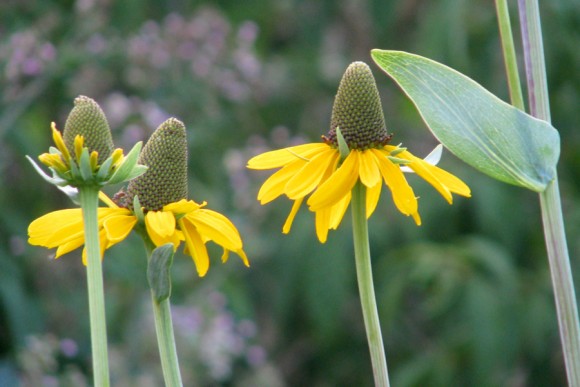
A native of the southeastern plains, Rudbeckia maxima earns its common name: giant coneflower. This species is not native to Maryland, but the attractiveness of this plant to goldfinches and the sheer joy of having a seven foot tall Rudbeckia make it worth trying in the right spot: moist fertile soil in full sun. Plant this one in large groupings if you can.
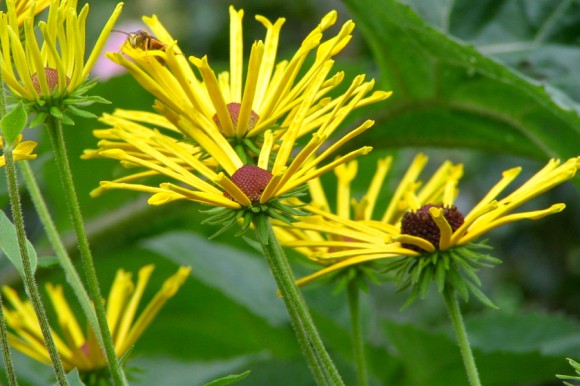
Rudbeckia subtomentosa is usually found in the Ozarks, and the cultivar ’Henry Eilers’ is usually one of the more shade tolerant Rudbeckias. Discovered in a remnant population in Illinois, this variety has striking starburst-like flower heads. It is very upright, and the stiff stems make it a good companion plant for asters and other late season plants.
Whichever variety of Rudbeckia you choose for your garden, birds and pollinators will thank you. Although Herring Run Nursery’s inventory varies due to seasonal fluctuations and availability, we love to offer a variety of black-eyed Susans to native plant gardeners in both spring and fall.

